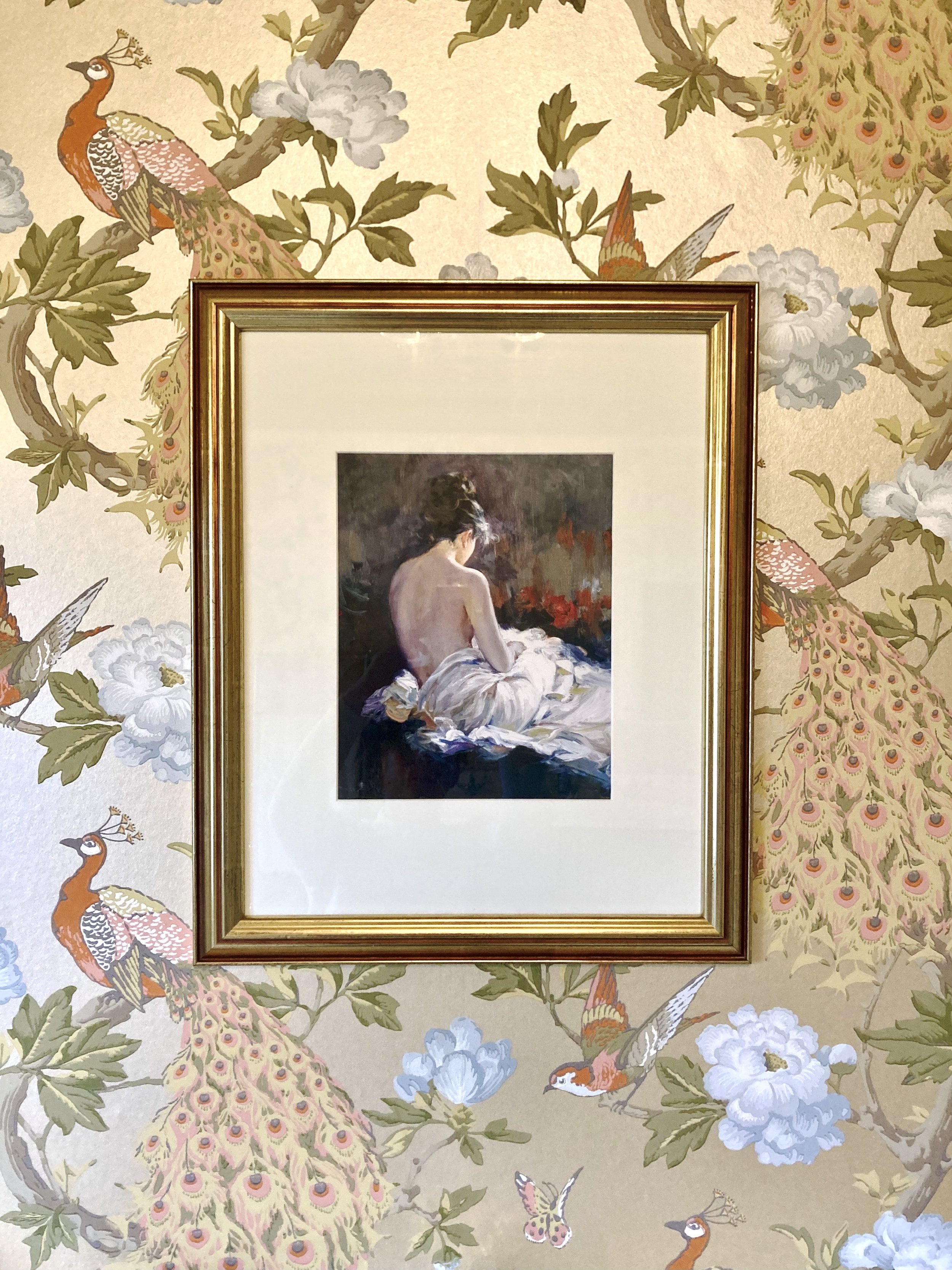Embracing Renaissance Elegance in Modern Homes:
A Guide by Sue and Abi at IDPS….
Hello, and welcome to our in-depth exploration of how to infuse your modern home with the timeless elegance of Renaissance interior design. We're Sue and Abi from Interior Design and Property Solutions (IDPS), and we're here to guide you through integrating classical ideals into contemporary living spaces. Whether you're renovating a period property in Devon or reimagining a modern home, the principles of Renaissance design offer a rich tapestry of inspiration.
Understanding Renaissance Interior Design
The Renaissance period, spanning the 14th to the 17th centuries, marked a revival of classical Greek and Roman ideals. This era celebrated humanism, proportion, and harmony, principles that are deeply embedded in its architectural and interior design philosophies. Key characteristics of Renaissance interiors include:
Symmetry and Proportion: Inspired by classical architecture, interiors showcased balanced and harmonious proportions.
Use of Luxurious Materials: The use of sumptuous fabrics like velvet and silk, alongside fine woodwork and ornate furnishings, was prevalent.
Artistic Mastery: The era is renowned for its artistic achievements, extending to interior design with frescoes and paintings integral to the overall aesthetic.
Ornate Ceilings and Molding: Ceilings in Renaissance interiors were often highly decorated, featuring intricate stucco work, frescoes, and decorative mouldings.
Incorporating Renaissance Elements into Modern Homes
Integrating Renaissance-inspired design into contemporary interiors doesn't require a full historical revival. Instead, it's about blending classical elements with modern sensibilities to create spaces that are both timeless and functional.
Symmetry and Layout
Begin by considering the layout of your rooms. Renaissance interiors often featured symmetrical arrangements, creating a sense of balance and harmony. In a modern context, this can translate to arranging furniture in a way that promotes visual equilibrium. For instance, placing matching armchairs on either side of a central fireplace or aligning artwork symmetrically above a console table can evoke this classical principle.
Luxurious Materials and Textures
Incorporate materials that reflect the opulence of the Renaissance era. Rich fabrics like velvet and silk can be introduced through upholstery, curtains, or cushions. Wooden furniture with intricate carvings adds a touch of historical craftsmanship. Additionally, consider using marble or stone for surfaces to emulate the grandeur of Renaissance interiors.
Art and Decorative Elements
Art played a pivotal role in Renaissance interiors. While original frescoes may not be feasible, modern interpretations can be achieved through large-scale paintings or murals that depict mythological or historical scenes. Incorporating classical motifs such as laurel wreaths or acanthus leaves into your decor can further enhance the Renaissance feel.
Ornate Ceilings and Mouldings
One of the most striking features of Renaissance interiors is the elaborate ceiling designs. While high coffered ceilings may not be practical in all homes, you can introduce this element through decorative mouldings or ceiling medallions. These additions can transform a plain ceiling into a focal point, adding depth and interest to the room.
Colour Palette
The Renaissance color palette was rich and vibrant, featuring deep reds, blues, and greens, often complemented by gold accents. In a modern setting, these colors can be introduced through accent walls, throw pillows, or rugs. Pairing these hues with neutral tones like cream or beige can prevent the space from feeling overwhelming while still capturing the essence of Renaissance design.
Practical Tips for Modern Homes
Start with a Neutral Base: Begin by creating a neutral base for your space. This could mean painting the walls in a soft white or gray, or choosing a neutral-toned flooring. This will serve as the backdrop for the more dramatic elements of your design, allowing them to stand out without feeling overwhelming.
Layer in Rich Textures and Colors: Once you have your neutral base, start layering in rich textures and colors. This could mean adding a velvet sofa in a deep blue, or hanging drapes in a luxurious silk. The key is to create depth and interest through the use of different materials and shades.
Mix and Match Furniture: Don't be afraid to mix and match furniture from different eras. A modern sofa can look stunning paired with an antique coffee table, or a sleek dining table can be surrounded by ornate chairs. The key is to find pieces that complement each other, creating a visual dialogue between past and present.
Add Drama with Lighting: Lighting is a great way to add drama to your space. Consider hanging an ornate chandelier in your dining room, or using modern pendant lights in your kitchen. The key is to use lighting to create ambiance and interest, while also ensuring that your space is well-lit and functional.
Curate Your Art and Decor: Art and decor are where you can really let your personality shine. Consider hanging classical paintings alongside modern art pieces, or displaying antique vases next to contemporary sculptures. The key is to create a space that feels curated and personal, reflecting your unique tastes and interests.
Final Thoughts
Integrating Renaissance-inspired elements into your modern home allows you to create a space that is both timeless and contemporary. By focusing on symmetry, luxurious materials, artistic elements, and rich colors, you can infuse your interiors with the elegance and grandeur of the Renaissance era. Remember, the goal is not to replicate history but to draw inspiration from it, blending classical ideals with modern design sensibilities to craft a home that reflects your unique taste and appreciation for timeless beauty.
If you're considering incorporating Renaissance elements into your home, we're here to help. At IDPS, we offer personalised design consultations to guide you through the process, ensuring that your space is both beautiful and functional. Contact us today to start your journey toward a Renaissance-inspired home.






